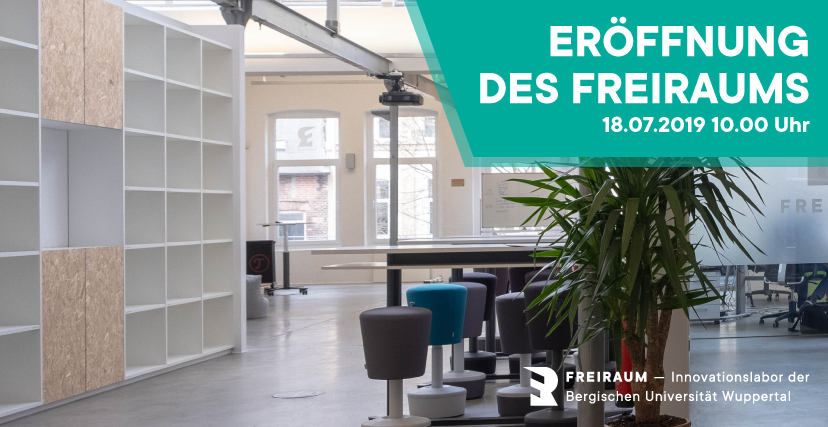Veranstaltung
18. July 2019 um 10:00 bis 00:30
Eröffnung des Inovationslabors “Freiraum” der BUW

Am 18.07.2019 wird Prof. Dr. Andreas Pinkwart, Minister für Wirtschaft, Innovation, Digitalisierung und Energie des Landes Nordrhein-Westfalen, offiziell das Innovationslabor eröffnen. Zudem werden auch Rektor Prof. Dr. Dr. h.c. Lambert T. Koch sowie Fördermittelgeber Paul Rath an der Veranstaltung mitwirken. Neben einer Vorstellung des Freiraums wollen wir auch den Förderverein des Innovationslabors der Bergischen Universität Wuppertal präsentieren.




























